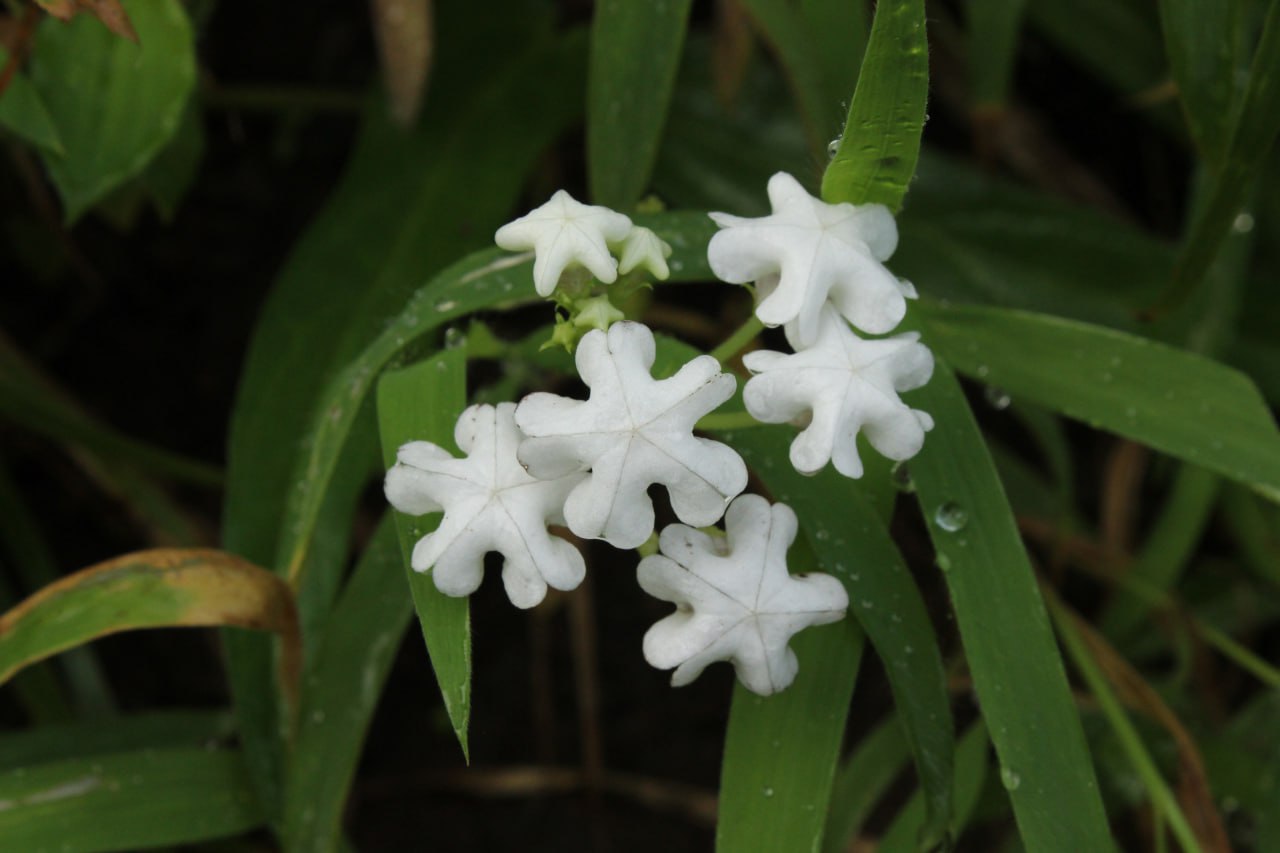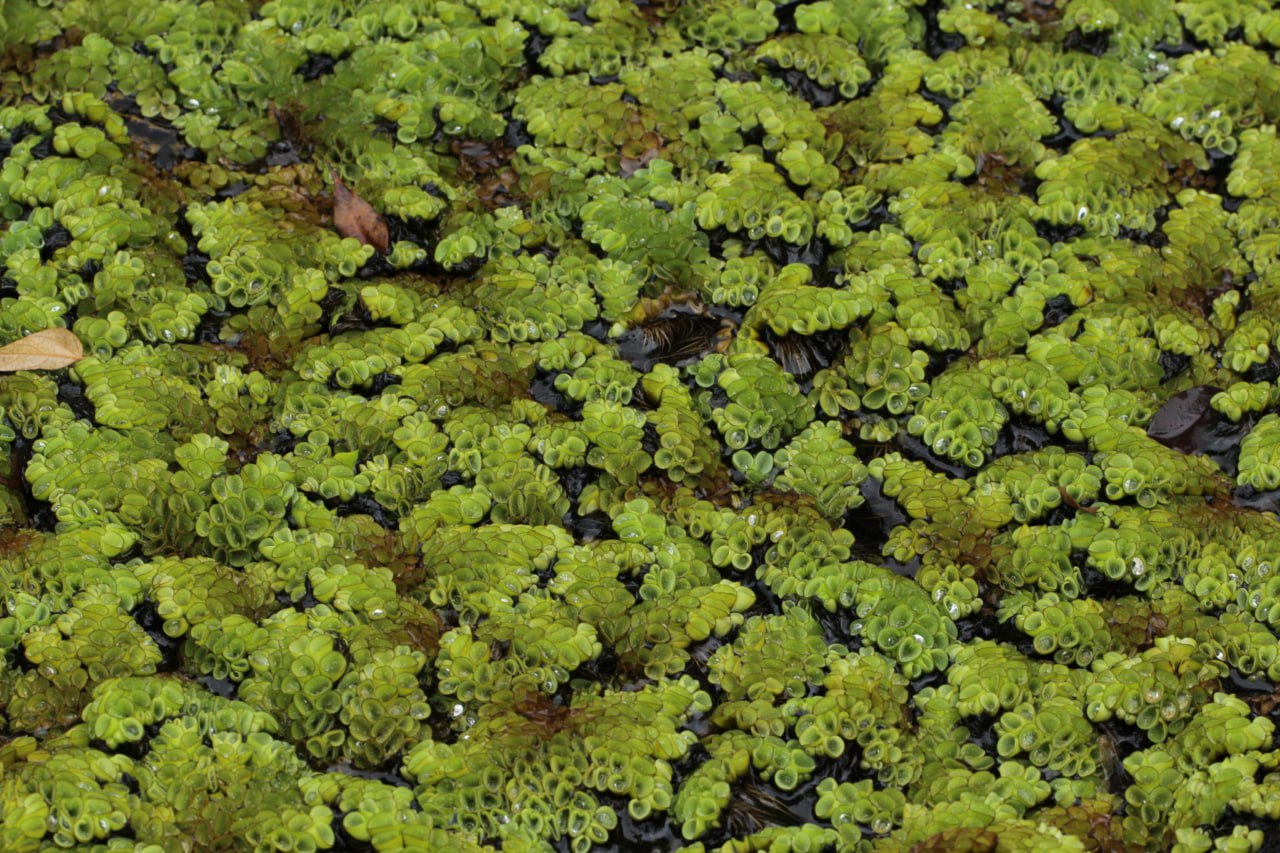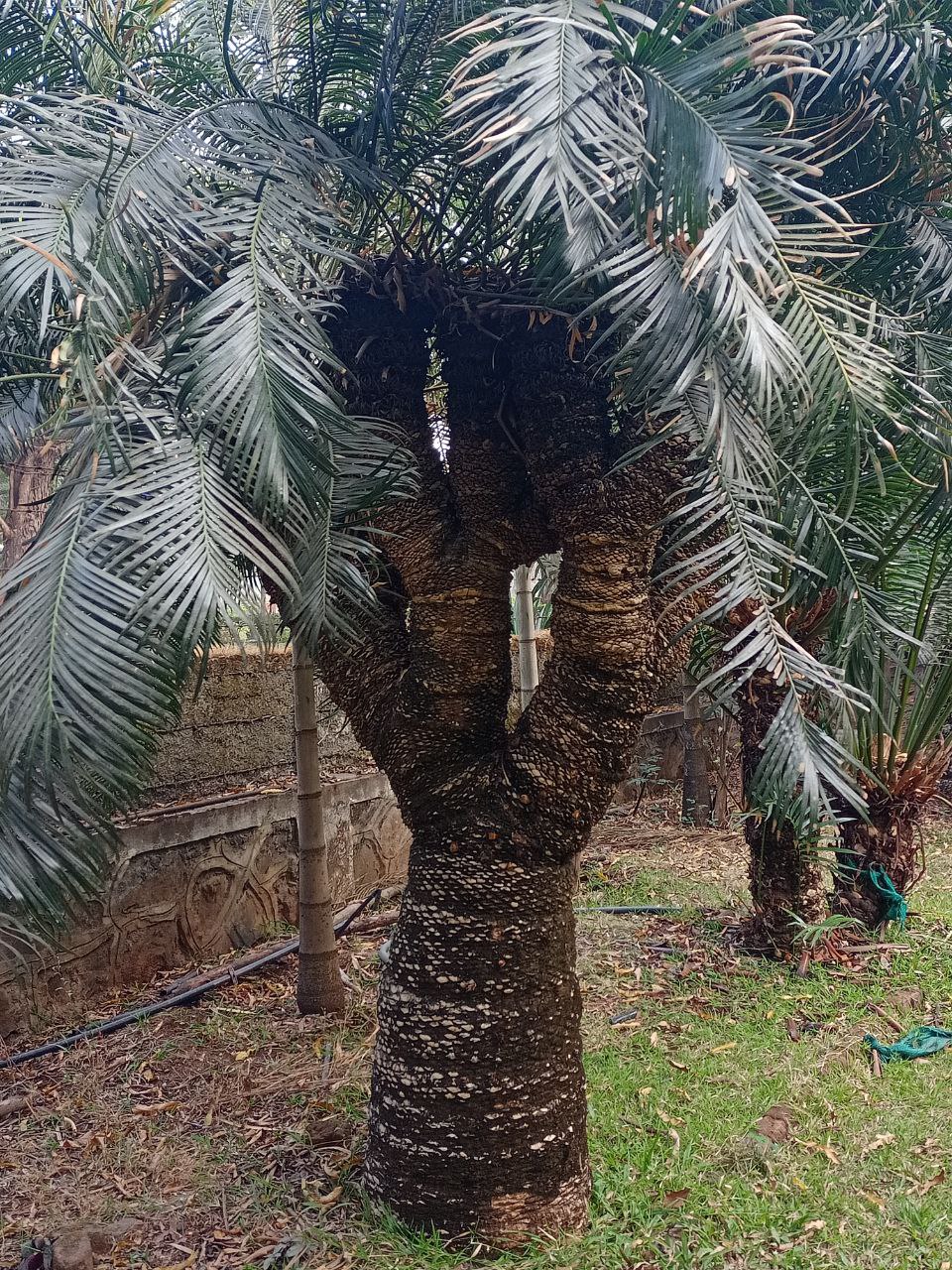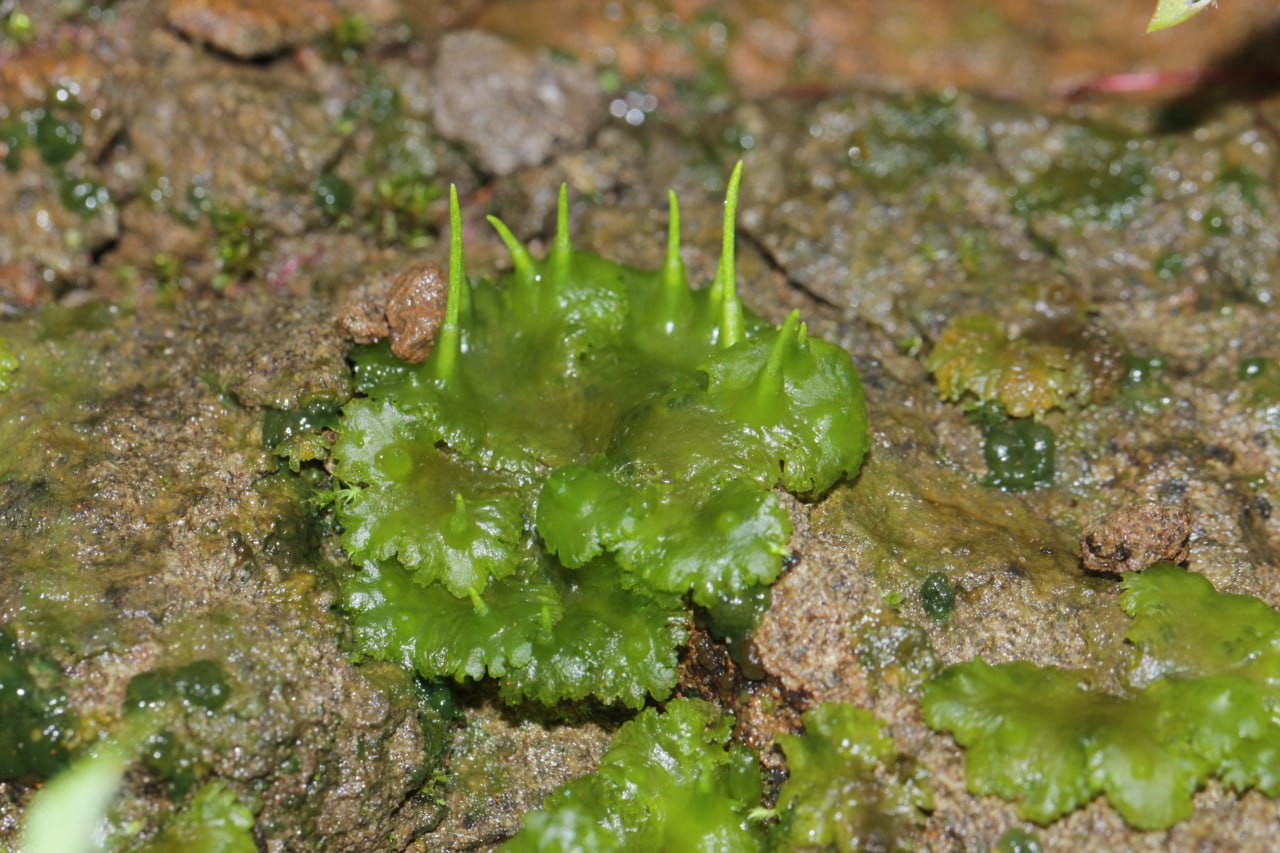The fundamental and practical outcome of the data base would be to consolidate the information already available and to identify gaps in our knowledge with respect to the genomes of plant wealth including cytogenetical details. When completed it would provide a comprehensive view in respect to best, moderately and least covered families, genera and species.
This information is of critical importance concerning the crop plants and their wild relatives. Full information on crop plants and their wild relatives either growing wild in the country or exotic is being digitized. This will not only give an estimation of the extent of information about such species but also help to make use of the useful wild genes for the improvement of crop plants.
Most of our crop plants including horticultural are recent polyploids therefore this information is crucial to decide their putative parents.
Therefore this information when easily available would be highly useful for any plant researcher.
The comprehensive database being developed would therefore be indispensable for persons working in diverse fields i.e genetics and plant breeding, proteomics and genomics
Parameters covered in d-GRIP
dGRIP is a comprehensive plant database aiming to provide an easy access to students and researchers, through which chromosome numbers and genome related information of plants belonging to spermatophytes and archegoniate can be readily obtained by streamlining and refining the search criteria, all just by a click. The database incorporates data gathered from an array of journals of both national and international repute, monographs, printed books as well as hard copy resources. The Chromosome atlas of flowering plants (Darlington & Wylie, 1955), Chromosome Numbers of Flowering Plants (Fedorov, 1969), Chromosome numbers of northern plant species (Love & Love, 1948), Chromosome atlas of flowering plants of the Indian Subcontinent Vol. I and II (Kumar & Subramaniam, 1987a; 1987b), are just a few to mention. The database also derives the benefit from available online databases
These data may be used to evaluate the evolutionary pattern of chromosome number variations within and between species, to determine the basic chromosome number of clades of interest and also important phylogenetic character in the context of cytotaxonomy and species inter-relationships. The dGRIP when completed is expected to take an envious position among all the genome databases and will become indispensable for any person dealing with understanding plants and their genome diversity.
Taxonomy
Preparation of checklist: The checklists of archegoniate (bryophytes andpteridophytes) and spermatophytes (gymnosperms and angiosperms) were prepared after consulting pertinent literature on respective groups. Bryophytes were listed following Dandotiya et al. (2011). Dixit’s (1984) Census of the Indian Pteridophytes was utilized for cataloguing pteridophytes. Gymnosperms were enumerated following Gymnosperms of India: A Check List compiled by Singh and Srivastava (2013).
A checklist of angiosperms was made following the recent literature on angiosperms published by Botanical survey of India (BSI) (an apex body under the Ministry of Environment, Forests, and Climate Change (MoEF&CC), Government of India for conducting taxonomic and floristic studies on wild plant resources of the country). The literature scrutinized was Florae Indicae Enumeratio: Monocotyledonae (Karthikeyan et al., 1989), Flora of India Vol. 13 (Hajra, et al., 1995), Flora of India Vol. 2-5 (Sharma, et al., 1993, 1993a, 1997 and 2000), Flora of India Vol. 5 (Singh et al., 2000), Flowering plants of India Dicotyledons Vol. 1 (Karthikeyan et al., 2009), and Flora of India. Vol. 23 (Balakrishnan et al., 2012). Certain flowering plant families were catalogued based on specific taxonomic treatises available for them. For instance, Pittosporaceae was listed following Fascicle 6 (Nayar et al., 1980).Fascicle 19 (Nayar et al., 1988) dealing in Alangiaceae, Burmanniaceae, Cochlospermaceae, Cornaceae, Lardizabalaceae, Lobeliaceae, Malvaceae, and Nyssaceae, Fascicle 21 on tribe Indigofereae (Leguminosae)(Hajra et al., 1995) and Fascicle 22 (Hajra and Sanjappa, 1996) pertaining to Salvadoraceae, Sonneratiaceae, Goodeniaceae, Campanulaceae, Ellisiophyllaceae and Aponogetonaceae were consulted while listing relevant taxa. Taxa belonging to Alliaceaeand Apocynaceae are based on Fascicle 23 (Singh et al., 2006) and Fascicle 24 (Jagtap et al., 1999), respectively.
Eriocaulaceae were listed as per Ansari and Balakrishnan (2009). Bladderworts of India were listed following Janarthanam and Henry (1992). Orchids of India (Bose, 1999), and Legumes of India (Sanjappa, 2010) were used for charting the magnitude of Orchidaceae and Leguminosae, respectively.
Classification: Anthocerophyta have been classified following Crandall-Stolter et al. (2009) whereas for Marchantiophyta and Bryophyta classifications of Goffinet et al. (2009) and Renzaglia et al. (2009), respectively were used. Classification of pteridophytes followus PPG-I (2016). Gymnosperms have been classified as per Christenhusz et al. (2011) and angiosperms following APG IV (2016). For both gymnosperms and angiosperms classification system of Bentham and Hooker (1862) is also provided. Life-forms have been classified as per Raunkiaer (1934).
Updation of checklist: As many new taxa are added every year to the existing ones, checklists of archegoniate and spermatophytes were updated following Plant Discoveries (for the year 2008-10 and 2012-15), a seminal publication of BSI that enlists the new taxa published across the country.
Nomenclature: The nomenclature of the taxa listed in dGRIP, in most of the cases, is as per the above mentioned literature. Nevertheless, some online databases/resources such as IPNI (www.ipni.org), TROPICOS (http://tropicos.org/), The Plant List (http://www.theplantlist.org/) and e-monocot (http://e-monocot.org/) have also been referred to list synonyms and for resolving issues pertaining to the nomenclature.
Geographical distribution and taxonomic status: For finding the range of distribution of each taxon above mentioned literature and online databases were consulted. Taxonomic status of each taxon was assessed using data from BSI publication and the IUCN Red List of Threatened species available online (http://www.iucnredlist.org/).



